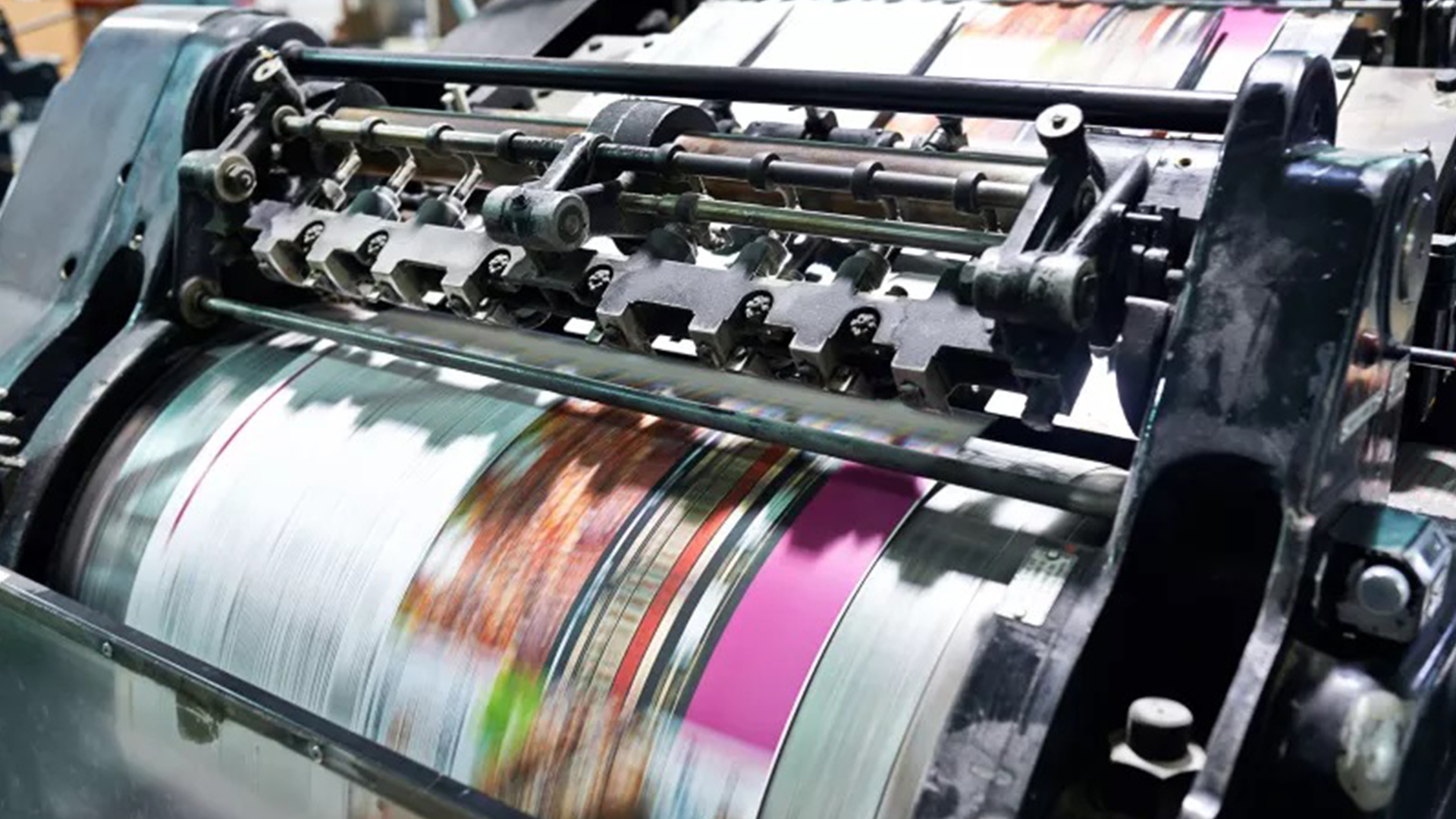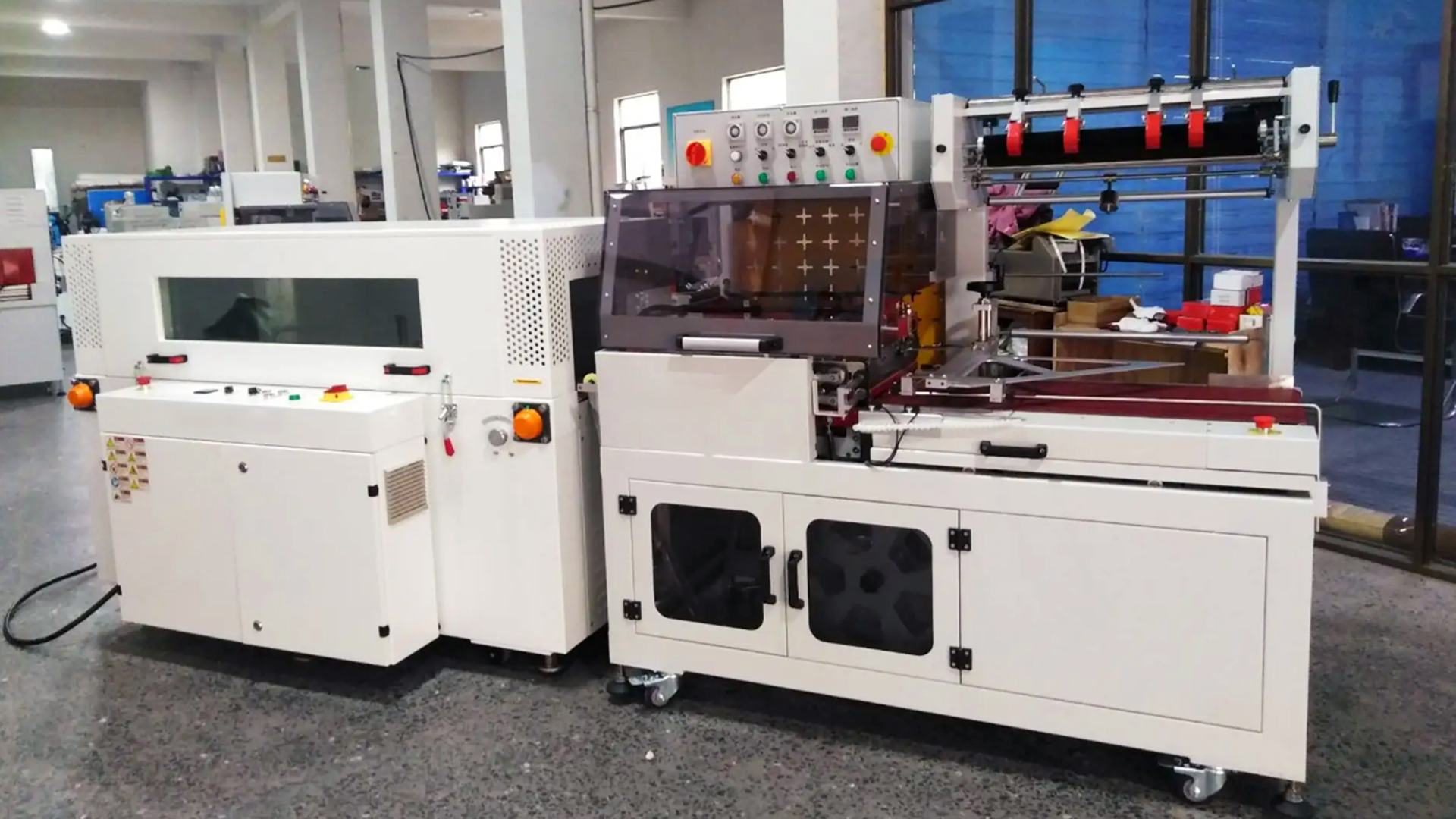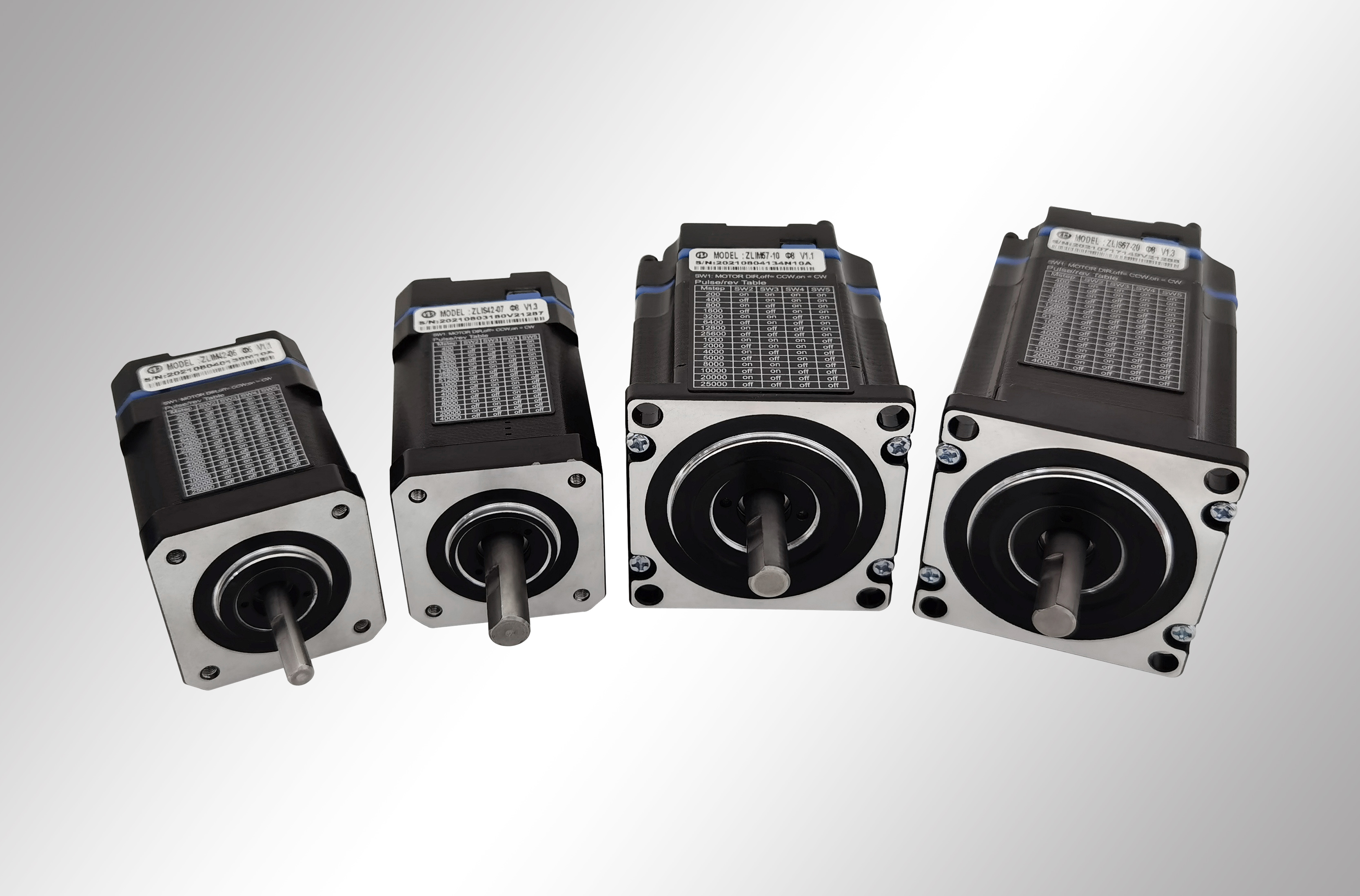In daily life, many applications use stepper motors. Such as ATM machines, inkjet printers, packaging machines, printers, etc. What is a stepper motor?
A stepper motor is an open-loop control motor that uses electrical pulse signals to convert angular or linear displacement. When the motor receives a pulse signal, it will rotate a fixed step angle (usually an integer multiple). This means that if the frequency of the pulse signal is high enough, the motor can achieve continuous and precise angular movement. The name of a stepper motor also comes from its stepwise rotation characteristic, which means it operates step by step.
The design purpose of a stepper motor is to decompose a single complete rotation into multiple much smaller (and essentially equal) partial rotations. For practical purposes, these can be used to indicate the degree or angle of rotation set for stepper motor movement. The ultimate result is that stepper motors can be used to transmit extremely precise motion to mechanical components that require high precision.
The stepper motor is usually controlled by digital control and is a key component in open-loop motion control positioning systems. They are most commonly used for holding or positioning applications, where they are able to maintain more clearly defined rotational positions, speeds, and torques, making them highly suitable for tasks that require extremely strict motion control.
The main advantages of stepper motors include precise positioning, no need for feedback devices, ease of control, and high torque output. They are commonly used in situations that require fast and accurate position control, such as in computer numerical control (CNC) systems and automation equipment.
However, stepper motors also have some limitations, such as their operation not completely following the sine wave pattern, may have periodic errors, and cannot be started directly like ordinary DC motors. In order to ensure the normal operation of the stepper motor, a specialized control system is usually required, including a dual loop pulse signal generator and a power drive circuit.
What is the number of steps we usually refer to as a stepper motor?
The number of steps of a stepper motor usually refers to the number of steps required for each rotation. This concept can be applied to two types of stepper motors: single stepper motors and multi-step motors. A single step stepper motor rotates at the same angle within each step, usually 1.8 ° or 0.9 °; A multi-step stepper motor may rotate at different angles within each step, and may even reach 360 °. In short, the purpose of the number of steps is to divide a complete rotation cycle of the motor into several small “steps”, thereby achieving precise angle control.
The number of steps per revolution is actually the number of steps taken by the stepper motor to complete one revolution. For example, 200 steps per lap, which means walking one lap requires 200 steps, and walking one step is 1.8 degrees. If it is a two-phase stepper motor, the 200 steps per turn is without subdivision, and it is a full step because a 1.8 degree angle is the basic step angle of the two-phase stepper motor.
Shenzhen Zhongling Technology Co., Ltd. has integrated the stepper motor and driver, achieving “integration”. The integrated stepper motor has a compact structure, is easy to install, and supports control methods such as pulse control and CAN bus control. Its maximum number of steps can reach 40000, which can meet high precision and stability requirements for applications. Its advantages of flexible control, good performance, reliable operation, and suitability for digital control also make it widely used in various industries such as CNC machining equipment, automatic production lines, automatic control instruments, office automation equipment and medical equipment, robots, and even household appliances.
Post time: Jan-23-2024



